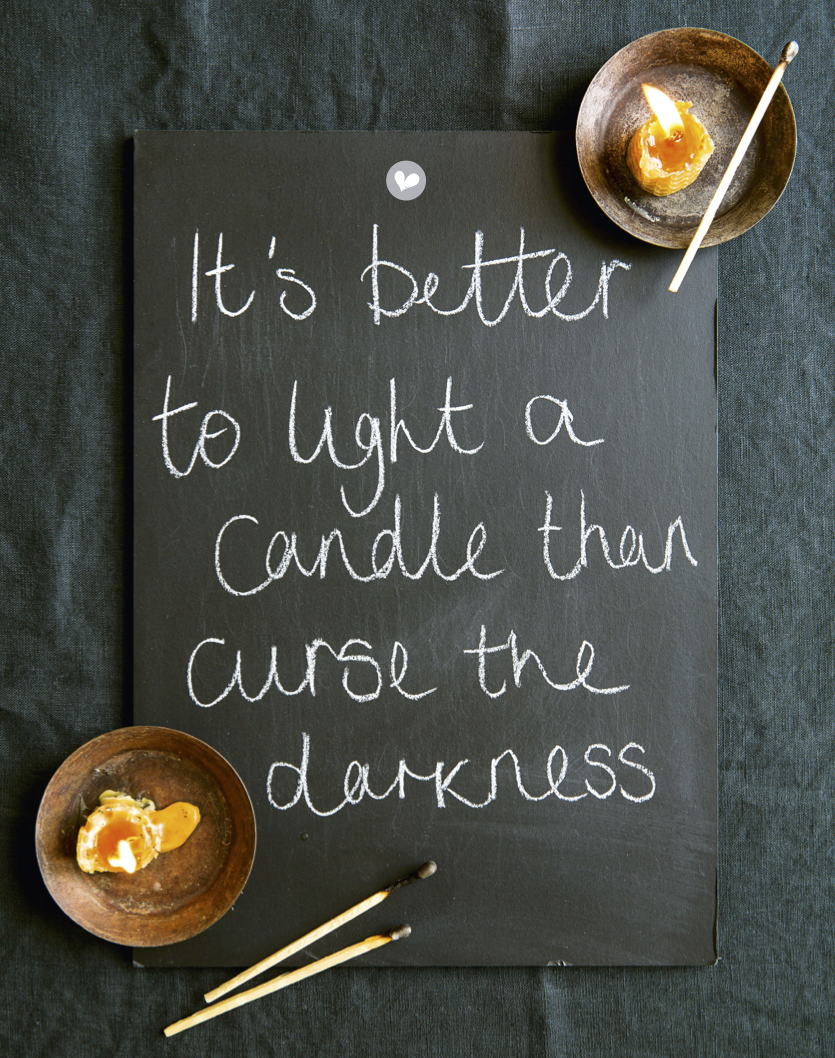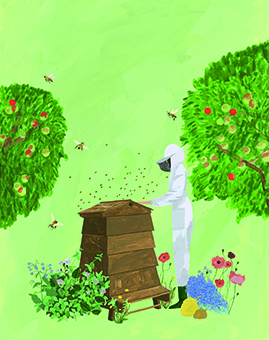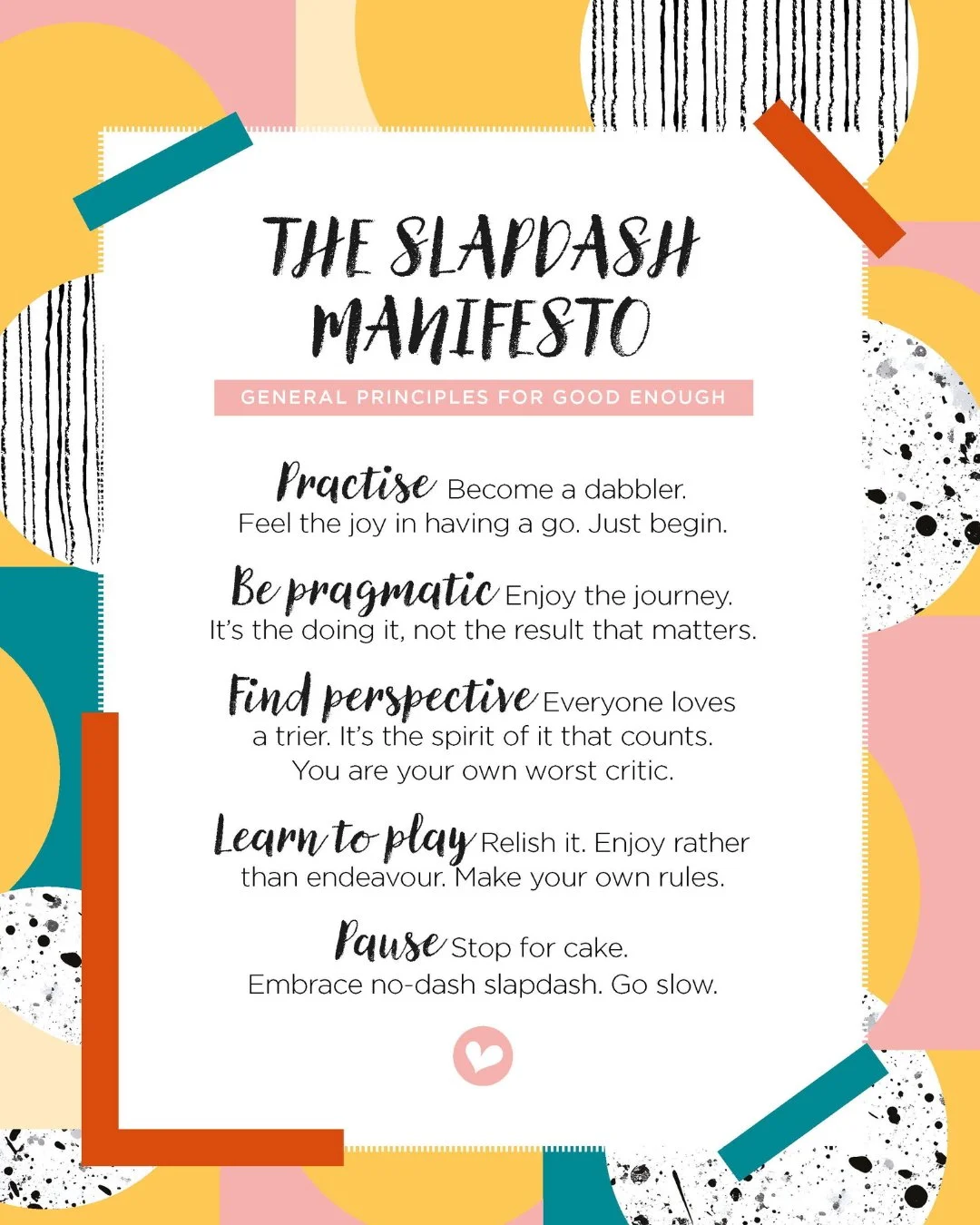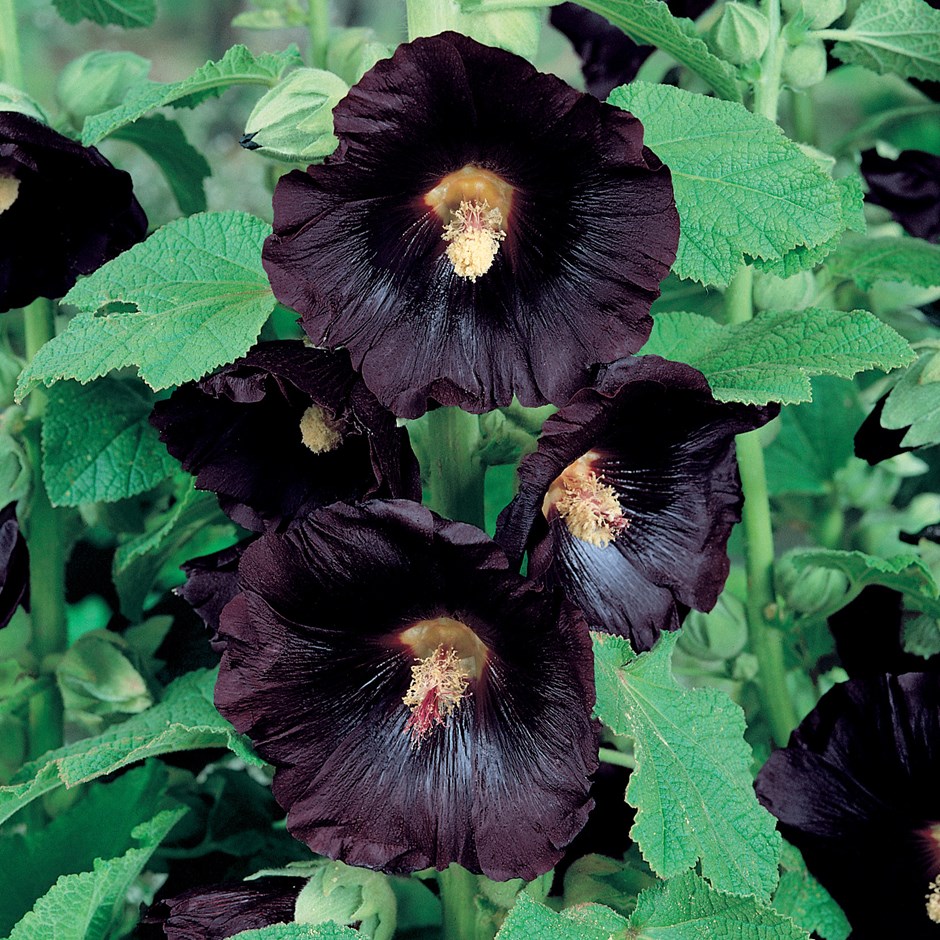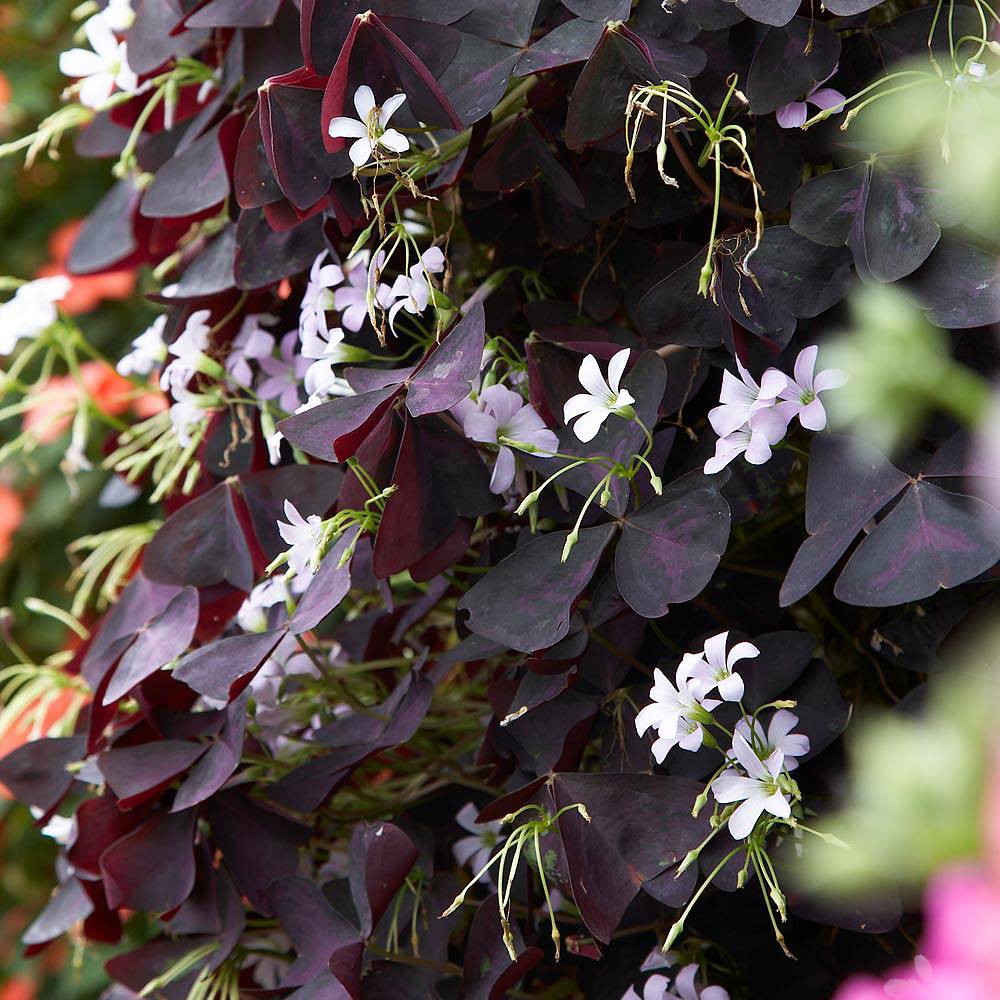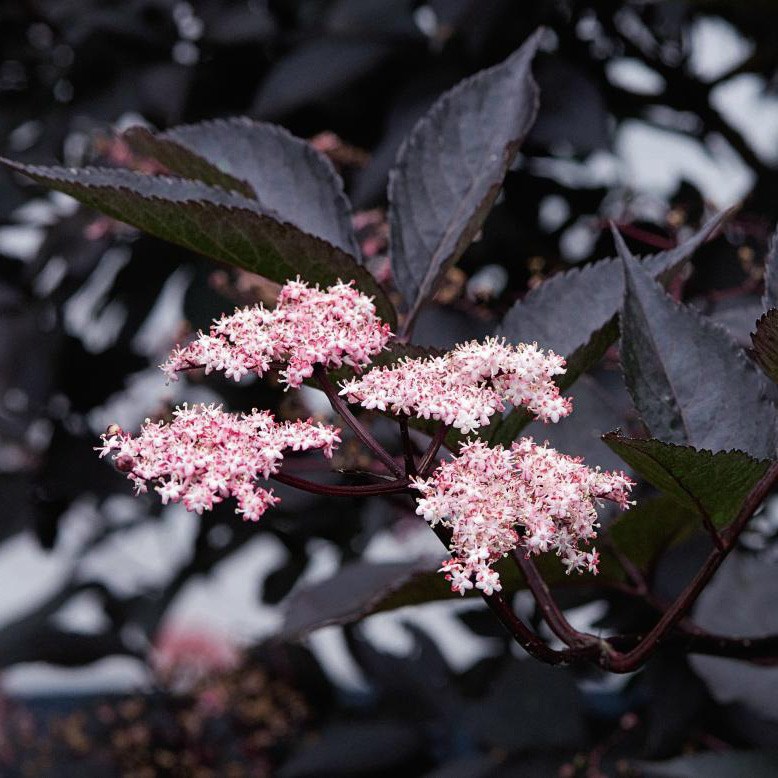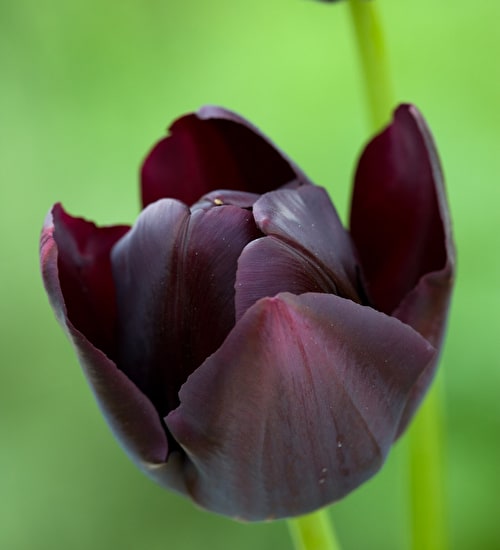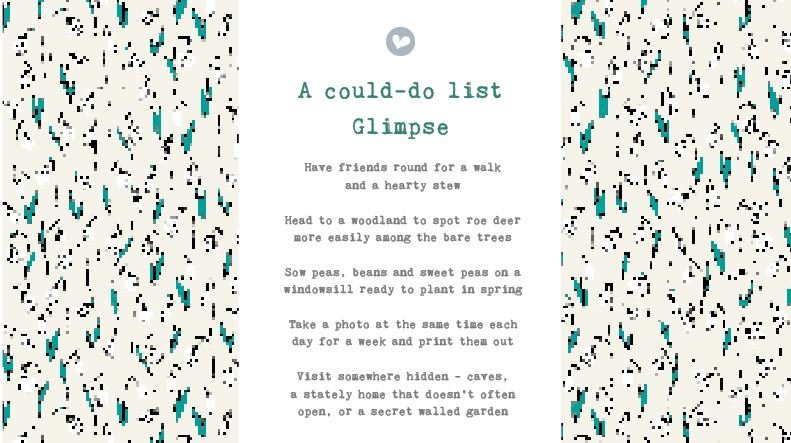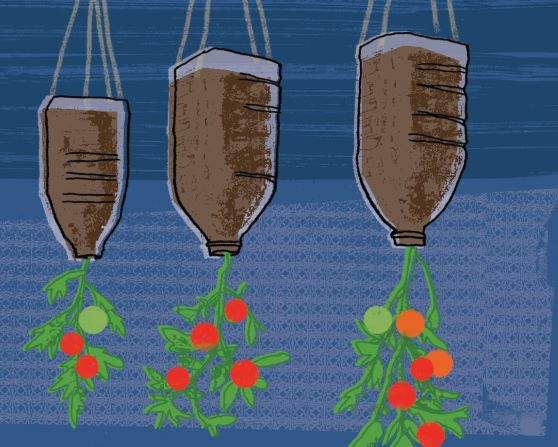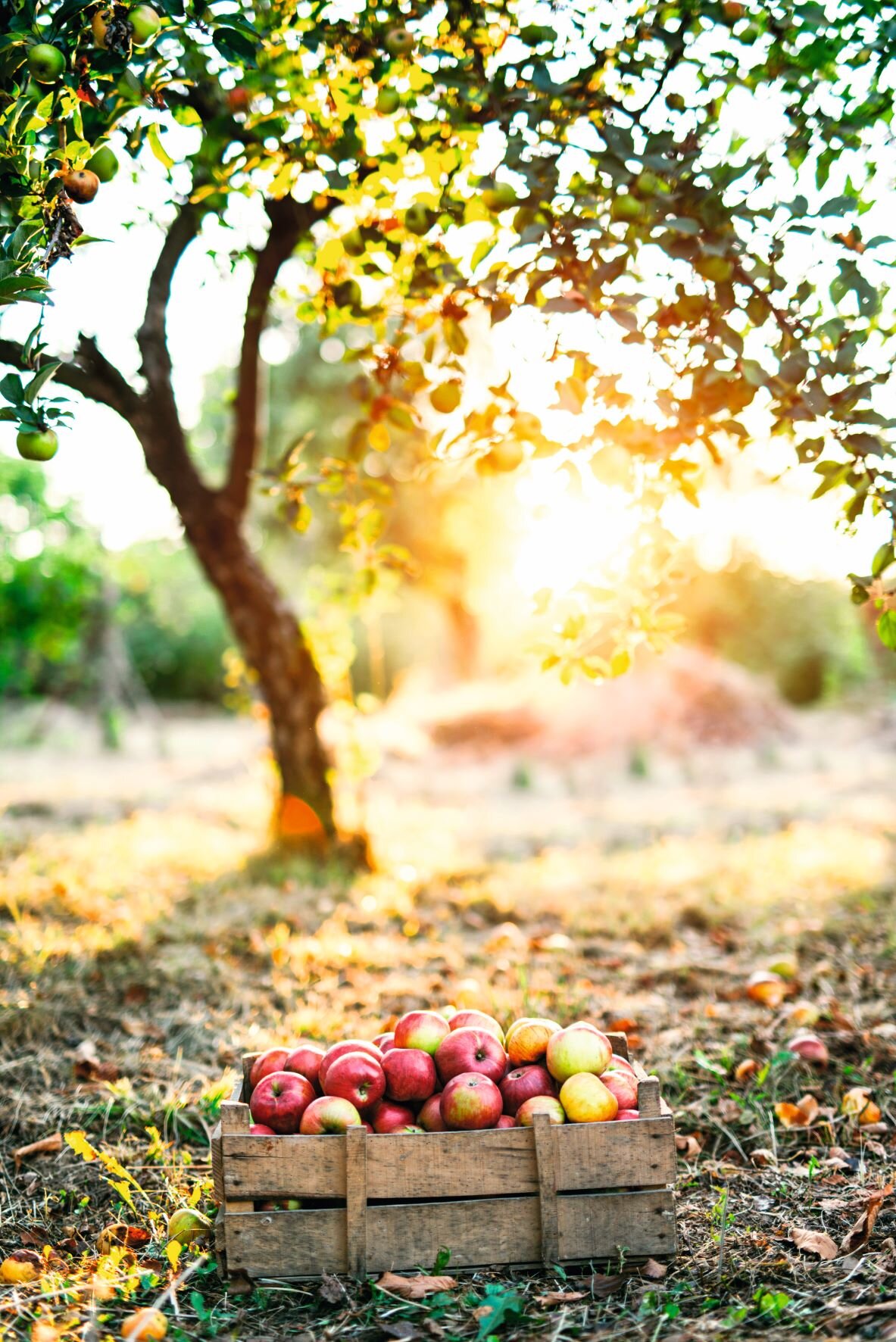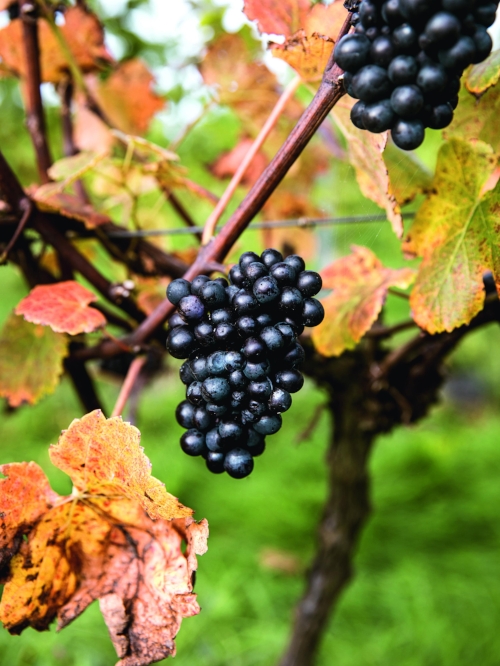Why we think it’s time the pear stepped into the limelight
Photography: Kirstie Young
Goodness, but we love a pear. The combination of crisp and soft, sweet and refreshing, and so versatile. A pear is just as joyful whether eaten as a simple finishing point to a lunchbreak sarnie, as it is poached in wine, sunk into a crumbly cake or layered atop a tart.
But we have to say, and we don’t think we are courting controversy here, we think pears aren’t getting the love they deserve.
There’s the expression ‘pear-shaped’. In body shape terms, it may be preferable to being an ‘apple’ (or a melon soon after Christmas) but why the negative connotation in a plan ‘going pear-shaped’? Isn’t pear-shaped a beautiful and natural thing, the glorious juicy contents expanding generously towards the bottom and easing slowly outwards? If a plan goes hideously awry surely it’s starfruit-shaped? Or dragon-fruit shaped? Or pancake-shaped, even? It just seems undeserved.
We hate to take sides but our difficulty really is with the apple as pear-opponent, particularly at this time of year.
We like an apple, too, of course (some of our best friends are apples) but sometimes it seems that it’s all about apples just now. We bob for apples, we eat them from a string in silly party games, we stick the pips to our head to tell who our true love will be… October even has its own apple DAY, we recently noted. Our November issue has a rather splendid recipe for toffee apples. And we liked the results so much we even put them on the front cover, as you might have seen. You see, even we are not immune to the charms of the apple. Who doesn’t love a toffee apple?
However, we can’t help feeling that the cumulative effect of all this apple love is sometimes at the expense of the lovely, unassuming pear.
Pears have been growing in England since the year 995, so they should really have their feet firmly under the table. A pear tree may survive for up to 250 years, so it’s no surprise that the pear is a symbol of immortality in Chinese culture. Take note, apple trees, with your paltry 100-year lifespan.
An apple a day may be known for ‘keeping the doctor away’ but a pear is one of the highest-fibre fruits you can treat yourself to. It also includes calcium, magnesium, copper and manganese, as well as the antioxidant quercetin, which, according to Sunday supplements, helps prevent cancer and reduces blood pressure. Basically, if the pear were newer to the supermarket than the sun-dried tomato, we’d be calling it a superfood.
And finally, m’lud, we would like to point out that a griddled slice of pear on a crusty piece of bread with a sliver of blue cheese reclined louchely upon it is a food of the Gods, and an apple, while delicious, butters no parsnips in this circumstance. <Gavel>
We accept that may be a fruit ‘n’ veg metaphor too far, so we will bow out gracefully now, but will first give a nod to the lovely feature in our November issue on things you can do with pears today, tomorrow and next year. It’s written by Lia Leendertz who knows a thing or two about how to use orchard fruit well, with photography by Kirstie Young. One not to miss. Do send us a slice of the dark chocolate and pear cake when you’ve made it, please.
Get hold of your copy of this month's The Simple Things - buy, download or subscribe














